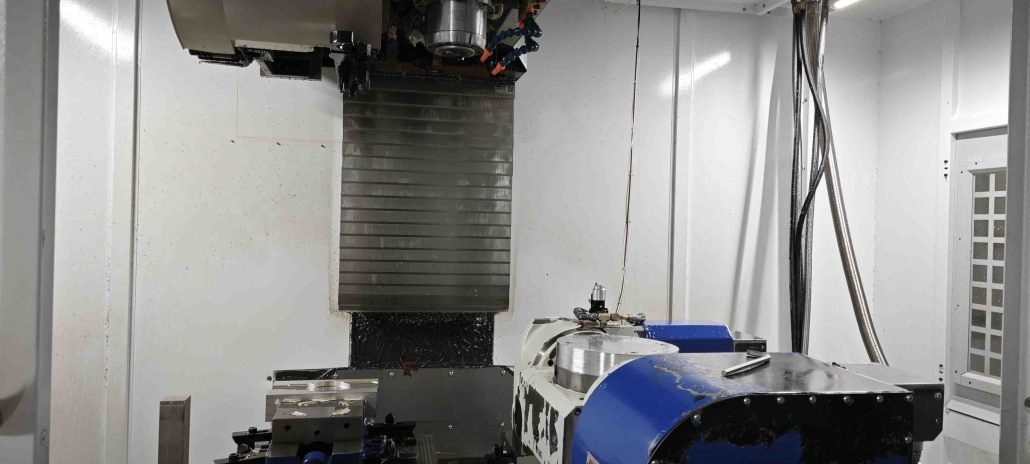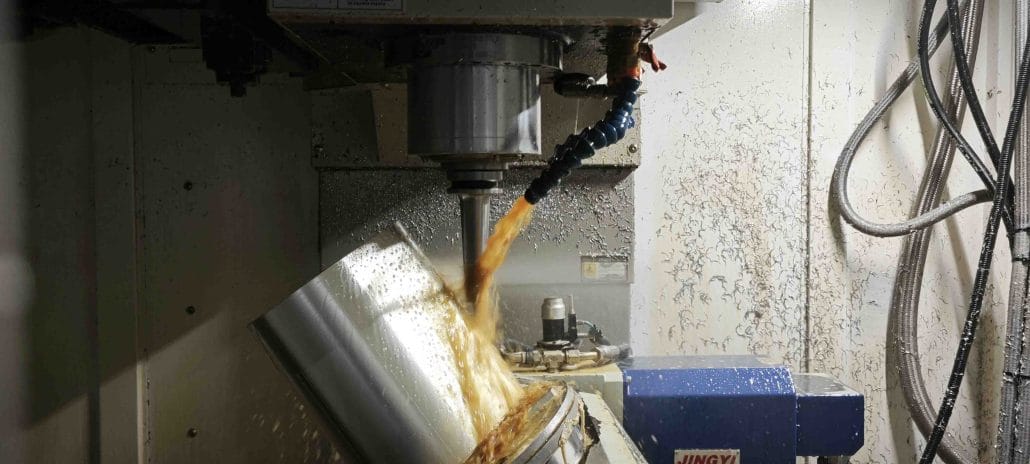CNC machining has revolutionized the manufacturing industry by allowing for the precise and efficient production of complex parts and components. However, to achieve this level of accuracy and efficiency, CNC machines require a reliable communication interface that allows data transfer between a computer and the machine. This is where the RS-232 port comes in.
The RS-232 port, also known as a serial port, is a standard communication interface that has been widely used in CNC machines for decades. It was first introduced in 1960 by the Electronic Industries Association (EIA) and has since become a popular interface for connecting devices such as modems, printers, and CNC machines.

What is RS-232 Port?
The RS-232 port is a type of serial port that uses a standard communication protocol to transfer data between two devices. It consists of a set of pins that transmit and receive data, as well as pins for controlling flow and grounding.
One of the key advantages of the RS-232 port is its simplicity. It uses a simple, asynchronous protocol that allows for easy communication between devices. Additionally, it can transfer data over long distances, making it ideal for CNC machines that may be located far from the computer.
Function of RS-232 Port in CNC Machining
In CNC machining services, the RS-232 port plays a crucial role in transferring data between a computer and a CNC machine. The data includes G-code, which contains the instructions for the CNC machine to perform its operations. The RS-232 port enables the CNC machine to receive these instructions and execute them accurately.
The RS-232 port is also used for other functions in CNC machining, such as transferring data for tool changes, machine status updates, and error reporting. These functions are critical for ensuring that the CNC machine is operating correctly and efficiently.

Using RS-232 Port Effectively
To use the RS-232 port effectively, you need to ensure that your computer and CNC machine are properly connected. This can be done by using a serial cable connected to the RS-232 port on both devices.
Another important aspect of using the RS-232 port effectively is configuring the settings correctly. You need to ensure that the baud rate, data bits, stop bits, and parity settings are set correctly. These settings must match those of the CNC machine for effective data transfer.
It is also important to ensure that the RS-232 port is properly maintained. This includes regularly checking for any damage to the port or cable and keeping the port clean and free of debris.
Conclusion
The RS-232 port has been a popular communication interface in CNC machining for many years. Its function in transferring data between a computer and CNC machine is critical for accurate and efficient operations. By understanding how to use the RS-232 port effectively, you can ensure that your CNC machine operates smoothly and efficiently.
When it comes to CNC machining, every detail matters. Whether you are a seasoned professional or just starting out, understanding the importance of the RS-232 port and how to use it effectively can make a significant difference in the quality and efficiency of your work. With reliable communication and accurate data transfer, you can achieve precise results and take your machining capabilities to the next level.

